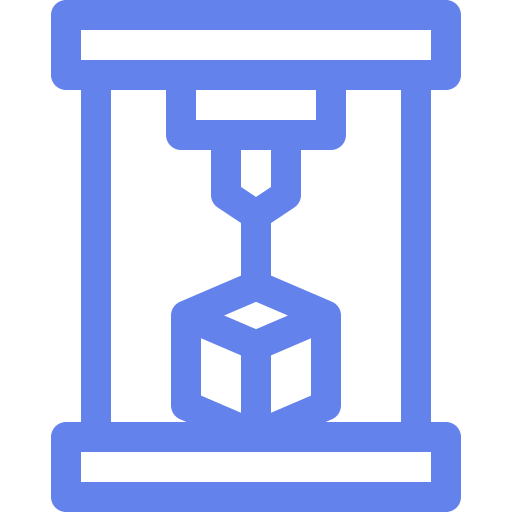- 1 Post
- 10 Comments
This. Finger oils are the enemy. If you’ve never washed the bed with soap and water, it usually fixes adhesion issues on a properly leveled machine.

 2·1 year ago
2·1 year agoUpdate: With some experimentation, I think I figured out what was going on. I had an extra 10K resistor in the circuit which wasn’t necessary. With both the resistor and the potentiometer in the circuit, I was only able to light up the red channel with the pot turned fully clockwise. Without the extra resistor, a full turn of the pot lit up all the channels and gave me the white coloration I was wanting. The green and blue channels weren’t lighting up because of the excessive resistence and the fact that they obviously power up at different levels. I was making the poor assumption that all of the LEDs would power on at the same time despite the fact that green and blue light require different energy levels.

 1·1 year ago
1·1 year agoYeah, I’m just planning on using small lengths of the remaining strip in some miscellaneous projects needing lighting. I hadn’t tried connecting multiple potentiometers for simplicity’s sake, so I just have everything connected to one pot. Should that work?
Agreed. I think a general 3D printing community should be all inclusive of types of 3D printing. You can always make a community focused on FDM vs SLA, Etc.
You can definitely make accurate models. Its a little more unforgiving than CAD if you need to go back and fix something, but you can definitely make precise models for functional prints if you do it right (such as inputting specific measurements when doing extrusions, etc).
While not for 3D printing specifically, Andrew Price’s donut tutorial on YouTube is a great primer for learning to use Blender and all is basic functions.
While not open source, Fusion 360 has a free for personal use version if you are wanting a fairly easy to use CAD program. I had been using mostly Blender up until recently since learning how to use Fusion. I love being able to parameterize everything. Blender is awesome though in it’s own right. I use both for making functional prints depending on what I’m trying to do. I tried FreeCAD, but it definitely has a bit more learning curve than Fusion.
There are plenty of good budget printers these days. Most will work just fine out of the box (other than minor assembly) assuming you have done some reading and are ready to do some bed leveling. Even with fancier printers, you’ve got to be ready to trouble shoot and tinker. I have a couple Ender 3s that worked just fine out of the box, so I have no problem recommending them (though your mileage may vary). They’ve been modified since with auto levers and filament runout sensors for ease of use, but they worked fine to start with. If you go into it with appropriate expectations you’ll probably be fine with whatever printer you choose. Don’t go into 3D printing with 2D printer expectations. Tinkering will be necessary at some point.



A little aqua net hairspray will do the trick too.